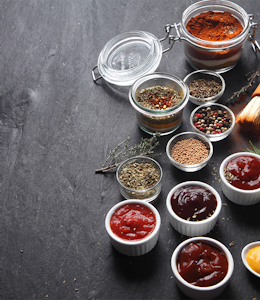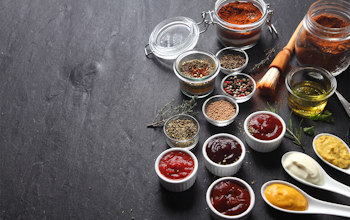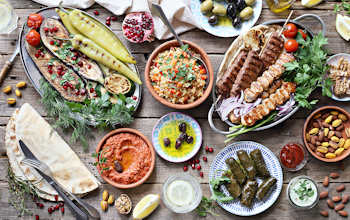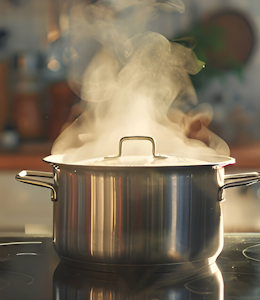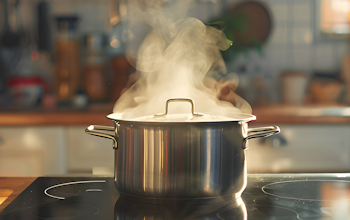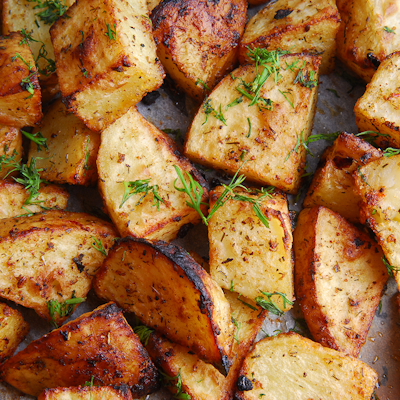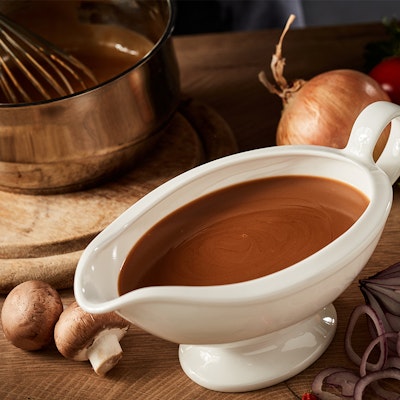What are different kinds of dips?
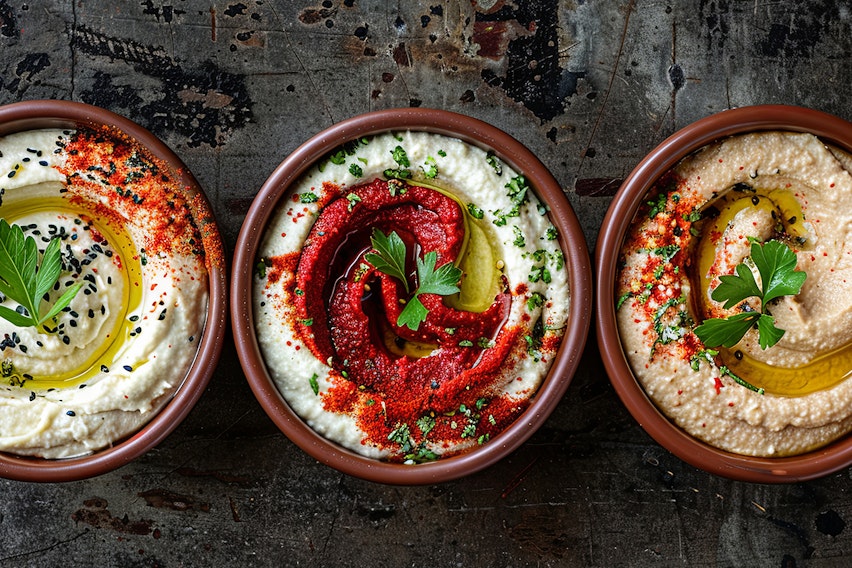
Dips are the ultimate food for social occasions - parties, casual gatherings, buffet dinners, but what are the best dips? Good news - we’re rounding them up, and some top tips for making them.
These are the top 10 popular dips:
- Hummus
- Tzaztiki
- Guacamole
- Baba ghanoush
- Salsa
- Picco de gallo
- Garlic mayo
- Cheese dip
- Artichoke dip
- Sour cream and onion dip
Now let’s find out more about them...
Hummus
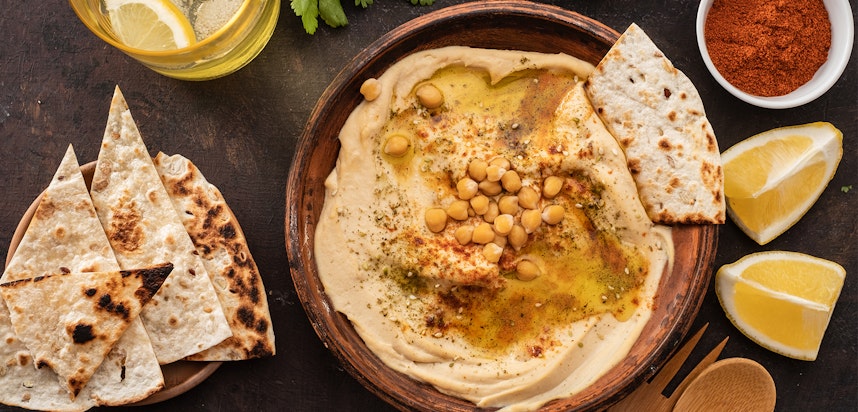
What is hummus?
Hummus is a famous Middle Eastern food that can be described as a dip, a spread or even a savoury dish. Also spelled ḥummuṣ, hommus or houmous, it is widely thought to have originated in Syria - its earliest known written mention is in a 13th-century cookbook attributed to the Aleppine historian Ibn al-Adim.
Mainly consisting of mashed or pureed chickpeas, hummus is traditionally served with pita bread garnished with olive oil, a herb such as parsley or spice such as paprika, and sometimes whole chickpeas too, but as it's popularity has increased in Western cuisine hummus has also found its way into sandwiches and other dishes such as salad. You can find the Erudus guide to all things hummus here.
What is in hummus?
Hummus is made by blending together chickpeas, tahini (a type of Sesame paste), garlic and olive oil - and sometimes lemon juice and salt. You can get many different varieties of hummus with ingredients added for flavour, these might include red pepper, paprika, carrots and beans.
What to eat with hummus
The most traditional thing to eat with hummus is warm pita bread, and it pairs similarly well with crisps, tortilla chips, breadsticks and crudites such as carrot batons.
And while one of the world’s most popular dips, hummus can also be used as a sandwich filling or in salads or pasta dishes.
You may also be interested in…
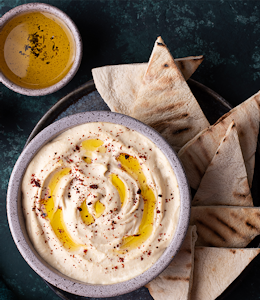
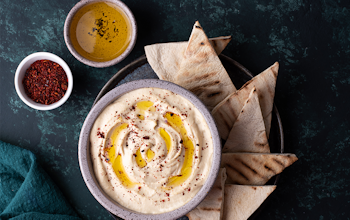
You may also be interested in…
Hummus ingredients, top tips and more…
ReadTop tip!
When making hummus with a high quality blender you can add a cube of ice to the ingredients. This will help introduce air into the hummus and make it lighter and creamier.
Allergy alert
One of the main ingredients in hummus is tahini - a paste made from Sesame seeds. Sesame is one of the 14 major food allergens.
Tzaztiki
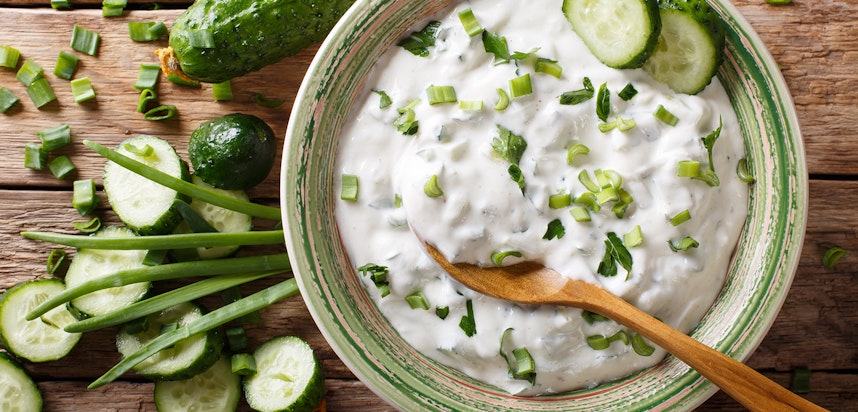
What is tzatziki?
Also known as cacik in Turkish, tzatziki is a yoghurt-based dip or sauce associated with Greek food but also found in the cuisines of Southeast Europe in general, and West Asia.
Its primary ingredient and characteristic is the strained yoghurt but it also has a freshness and zing that comes from its other components - notably cucumber and mint.
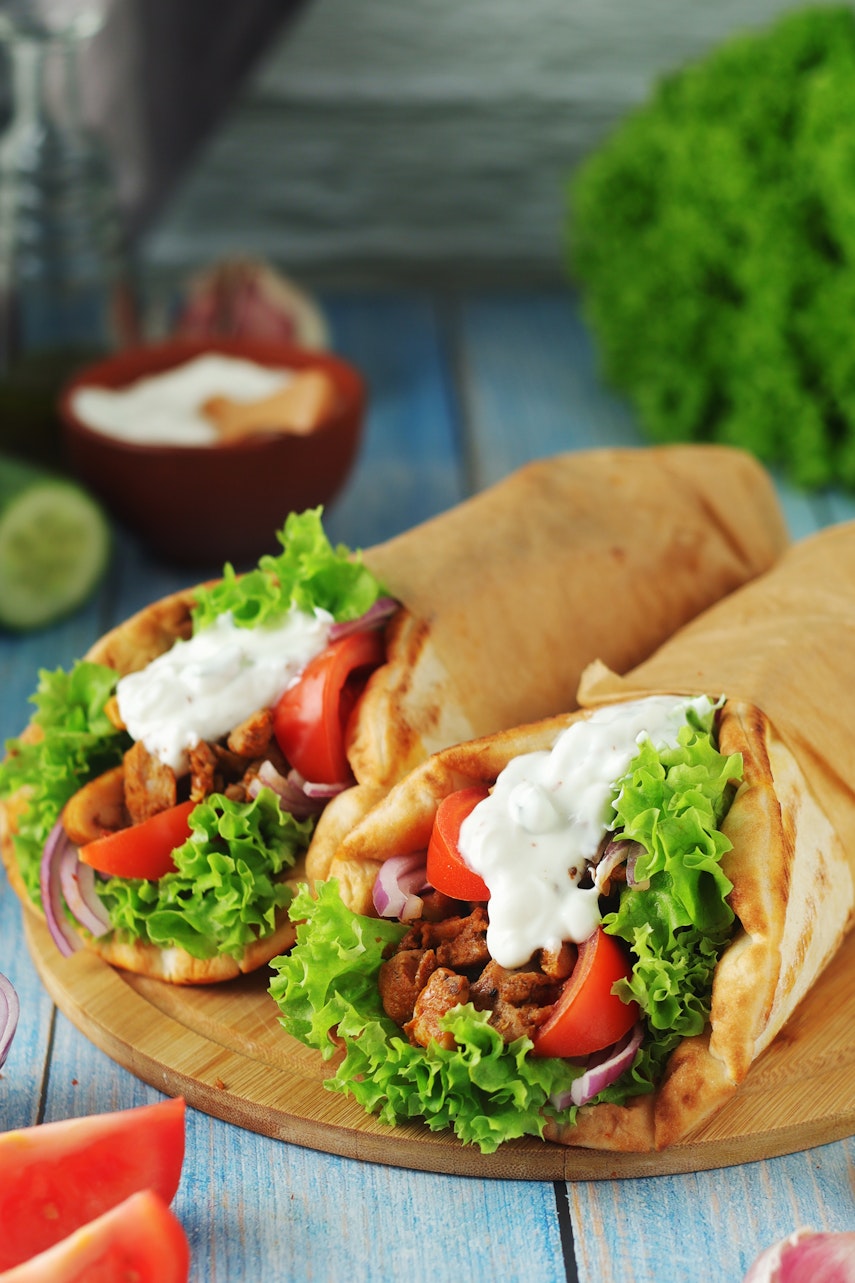
Generally considered to be one of the lower calorie dips, tzatziki is rich in calcium and potassium and pairs well with protein-rich dishes heavy on juicy meat, such as gyros.
What is in tzatziki?
The main ingredients in tzatziki are shredded cucumber, garlic, herbs like mint, parsley and dill, lemon juice, salt, and most importantly - plain yoghurt that has been strained through a muslin or cheese cloth.
What to eat with tzatziki
Tzaztiki pairs particularly well with lamb - with which it is served in several Greek dishes, like gyros. For the same reasons, it goes well with pork too. Traditionally, tzatziki is served as a meze dish, with pieces of pita bread, fried courgette
Top tip!
The ingredients in tzatziki can lean on the tart side - if you find this is the case and the flavour is too tart, add a small amount of honey to balance things out.
Allergy alert
Tzatziki is made using yoghurt - a dairy product and derivative of Milk - one of the 14 major food allergens.
Guacamole
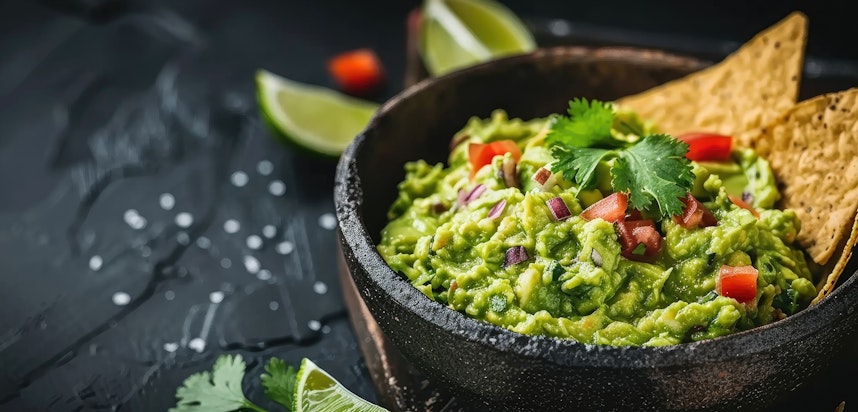
What is guacamole?
Guacamole is a Mexican dip that in the past few decades has boomed in global popularity to become a common component in salads, rice bowls, burgers and sandwiches as well as an ubiquitous snack alongside crisps and chips.
Guacamole has a distinctive green hue, which comes from its main ingredient - avocados, and the popularity of guacamole has boosted sales of avocados in North America, and globally.
The first known record of a guacamole recipe was documented by William Dampier, a British privateer who did so after a visit to Central America in 1697.
What is in guacamole?
The main ingredient in guacamole is avocado - they should have been peeled and mashed up in a pestle and mortar with a pinch of salt. The other traditional ingredients in guacamole are lime juice, coriander, red onion and jalapeños. Some recipes include other ingredients such as tomatoes, basil and garlic, or replace the lime juice with lemon juice.
What to eat with guacamole
Guacamole is known for its versatility, though it is most commonly eaten with simple salted tortilla chips. It is great with most types of crudites or crisps, and features heavily in many Tex-Mex and Mexican dishes such as nachos, tacos and burritos.
Recently it has become popular to serve in burgers, rice bowls and sandwiches - as its creamy texture and fresh flavours go well with white meat like chicken and pork.
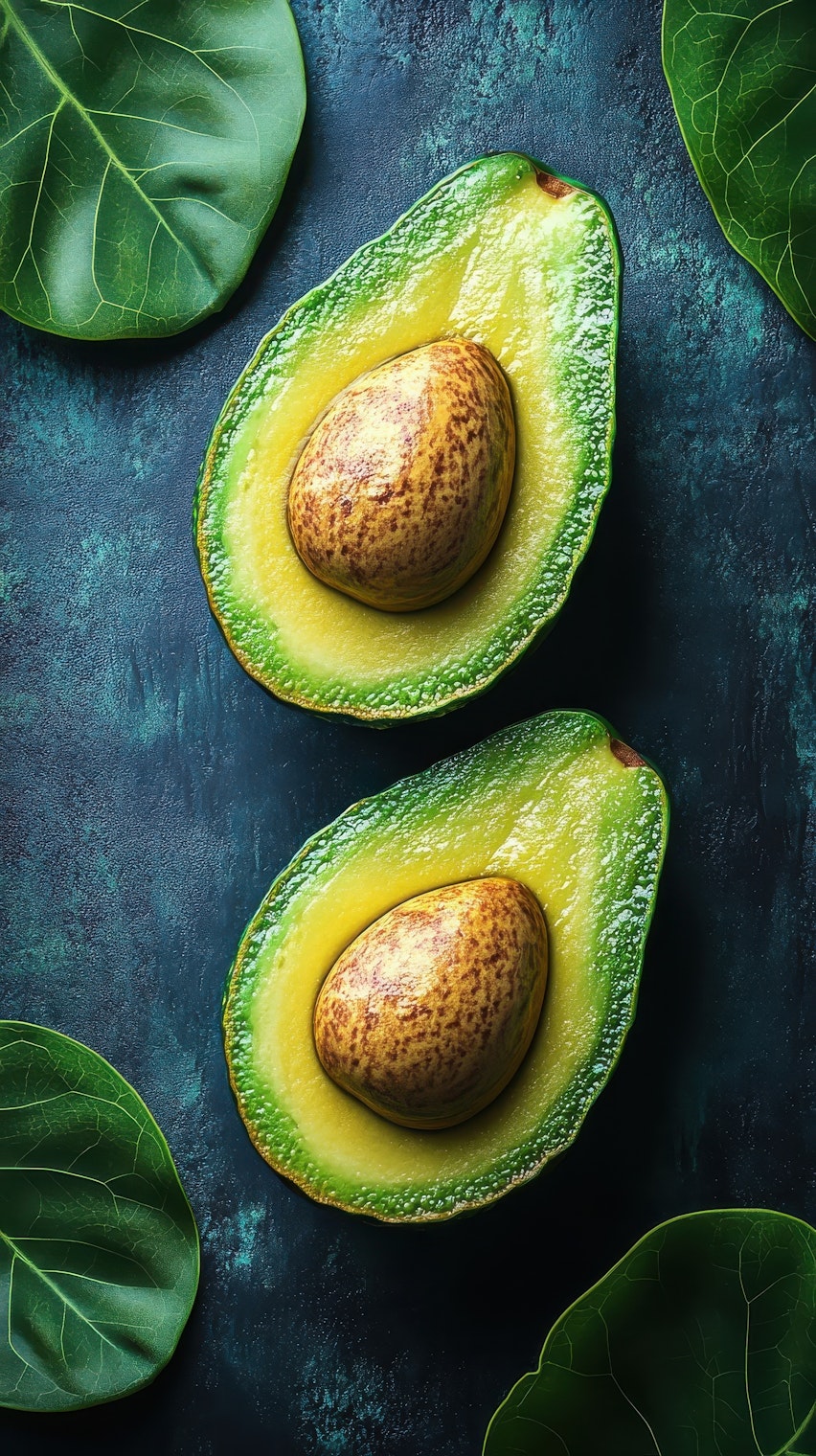
Top tip!
Always use ripe avocados for guacamole. You can tell if an avocado is ripe by pressing it gently - there should be some give but it should not be mushy.
Allergy alert
There are no allergen ingredients in traditional guacamole.
Baba ghanoush
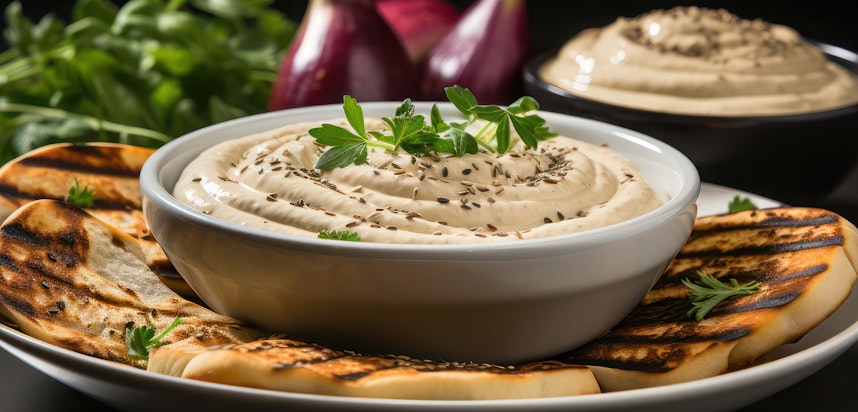
What is baba ghanoush?
Baba ghanous (also spelled baba ghanouj) is a type of dip or paste native to the Levant (formerly Ottoman Syria) region, distinctive for its smoky flavour and rich, creamy texture.
Traditionally consumed as a meze dish, it is also served as a side dish. Baba ghanoush is similar to hummus - sharing a consistency, and several ingredients such as the Sesame paste tahini, however its main component is aubergine (as opposed to chickpeas in hummus). The aubergine should be roasted over an open flame, giving the dip its signature rich and earthy taste.
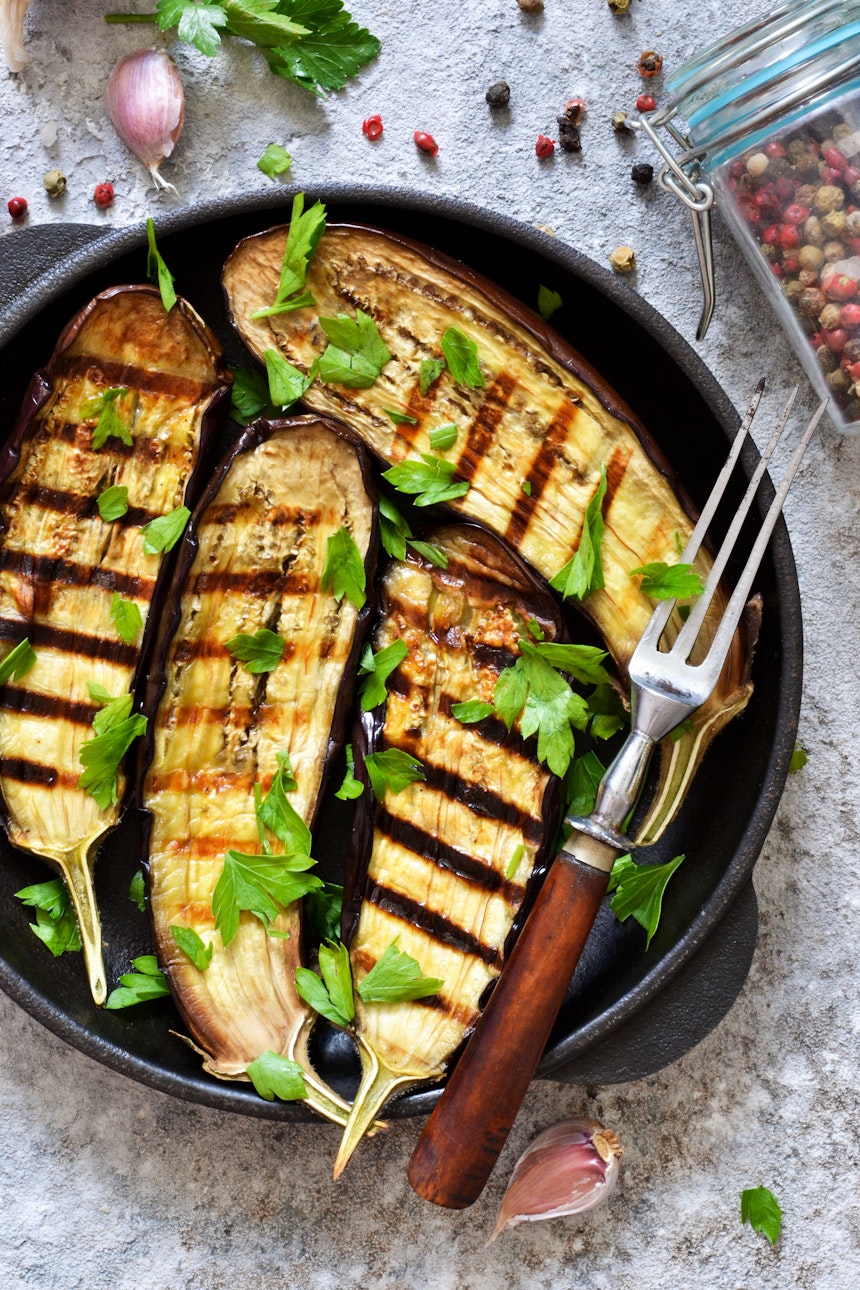
What is in baba ghanoush?
The main ingredient in baba ghanoush is aubergine that has been roasted, peeled and mashed up. The other ingredients are tahini, garlic, lemon juice, olive oil and salt. Some recipes also include herbs and spices such as paprika, cumin and parsley.
What to eat with baba ghanoush
Baba ghanoush is a robust dip, and can be quite a substantial and filling side dish when mixed with rice. It also works well with other traditional meze foods like pita bread and veggies.
Top tip!
Baba ghanoush should be thick and velvety - to ensure it isn’t watery, remove any excess liquid from the aubergine before mashing it, and chill in the fridge to thicken further if needed.
Allergy alert
Like hummus, baba ghanoush is made with the Sesame paste tahini - which is among the 14 major food allergens.
Salsa
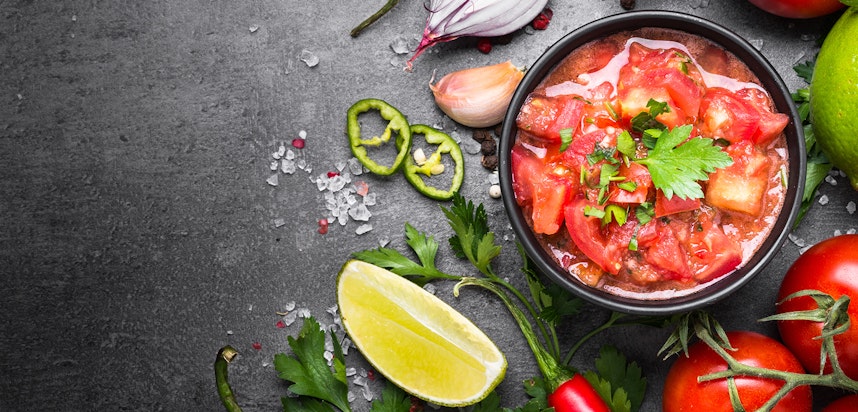
What is salsa?
Salsa is an umbrella term for a number of plant-based sauces that are used as dips or condiments - usually in Central American cuisine, specifically Mexican.
Though served ambient, salsa can be raw or cooked, and is commonly eaten alongside tortilla chips or nachos as a sharing dish or appetiser or added to dishes like salad, soup, stew or tamales.
Many salsas are tomato-based, though some prominent varieties - such as salsa verde - are made with the more citrusy tomatillo.
What is in salsa?
There are no set ingredients to salsa - there are many different varieties and regional and familial recipes, but some of the most popular salsa components are tomatoes, onions, chillies (especially jalapeños) lime juice, peppers, and herbs like coriander.
What to eat with salsa
Salsa can be used as a sauce as well as a dip, so in addition to serving with crudites for a healthy snack (and tortilla chips as a less healthy snack) you can add it to everything from tacos, roasted, grilled or barbecued meat, fish, grilled cheese sandwiches and salads.
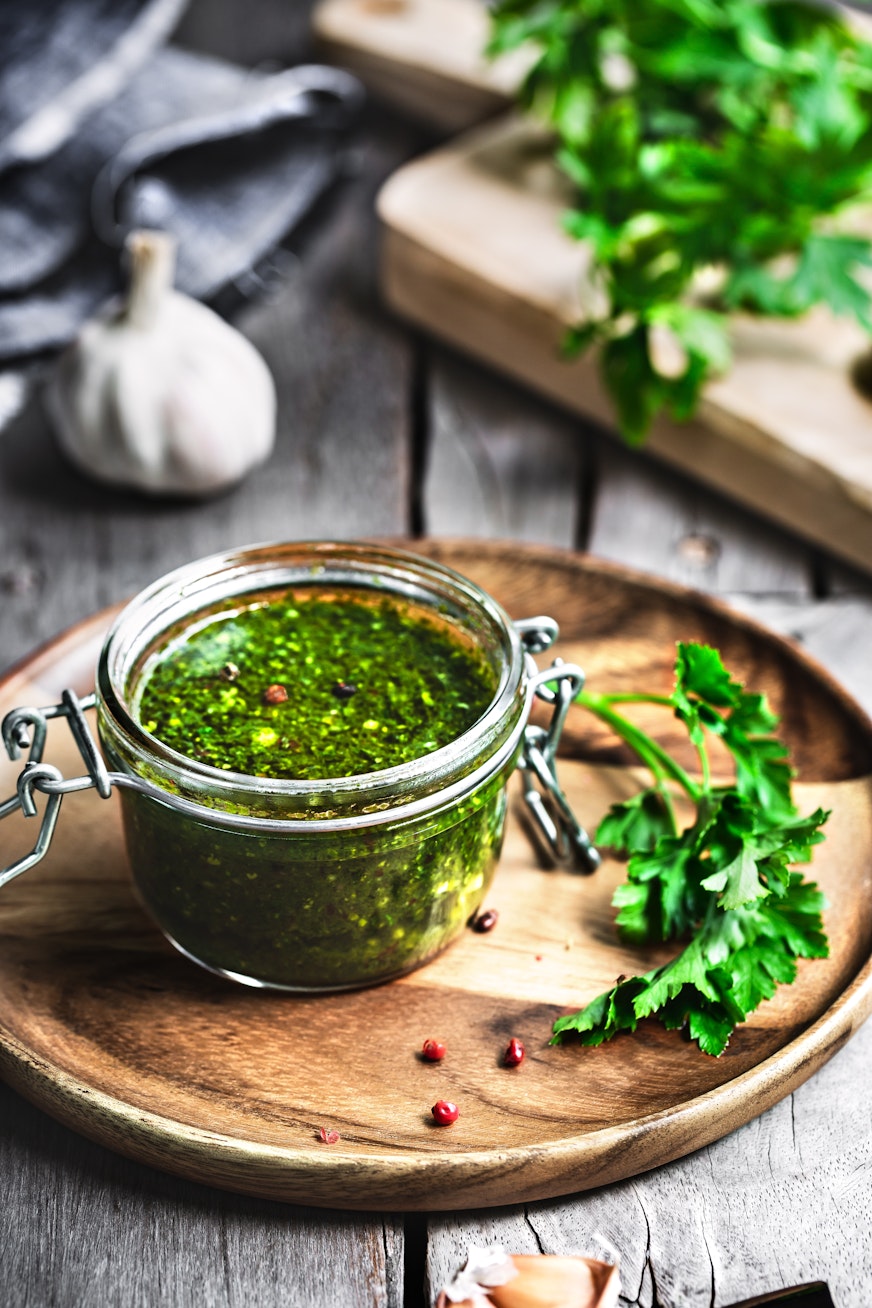
Top tip!
Acid is crucial to salsa - bringing out the flavours of the other ingredients such as tomato and onion. Fresh lime juice is preferable - as used in Mexican cuisine, but if you don’t have any or you don’t have enough, store-bought lemon juice or white/red wine vinegar can be used. You don’t want to skimp on the acid!
Allergy alert
Most salsa does not include allergen ingredients, but if an acid like red wine vinegar has been used, there may be small amounts of Sulphur Dioxide.
Pico de gallo
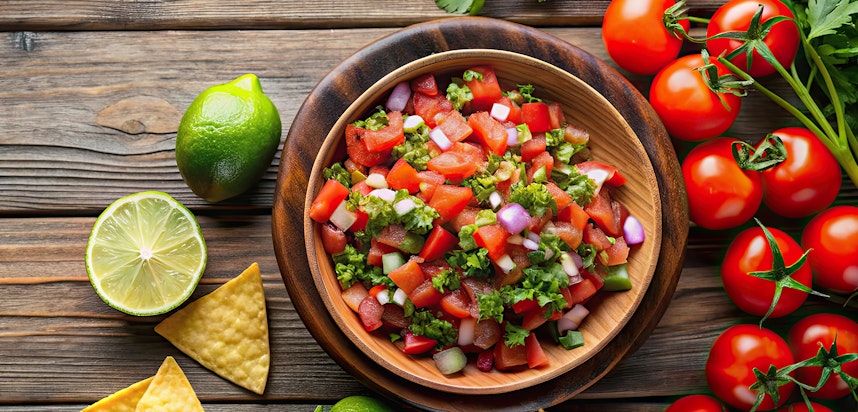
What is pico de gallo?
Also going by the names “salsa fresca”, “salsa bandera” and “salsa cruda”, pico de gallo is a coarse type of salsa - used as a dip, a sauce or an accompaniment to several meat dishes, tacos and fajitas.
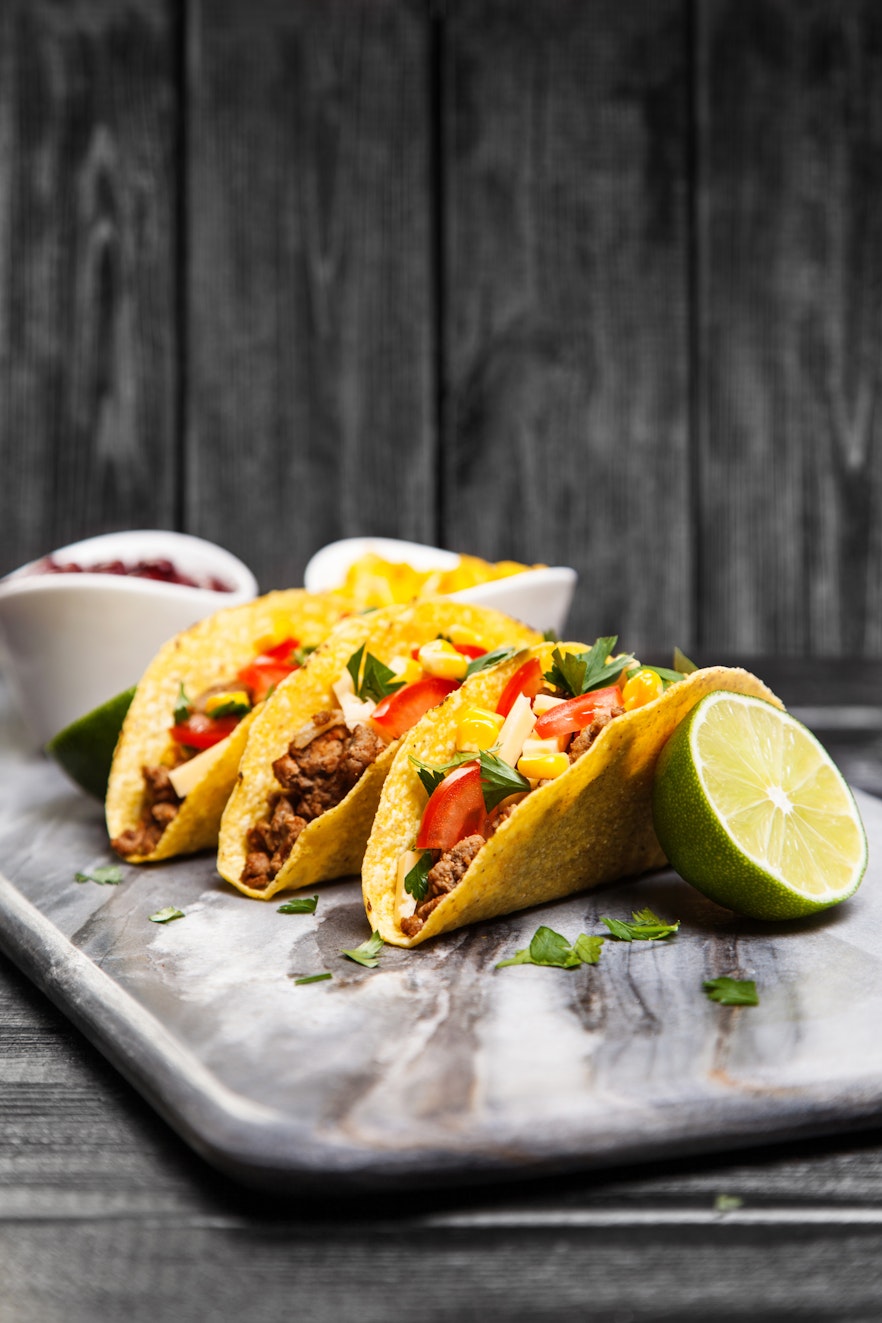
Consisting of chopped vegetables like tomato, onion and peppers, herbs like coriander and spicy ingredients such as jalapeños and habaneros alongside lime juice and salt, its name is said to come from serrano pepper - which residents of the Sonoran Mexican region liken to a rooster’s beak in shape - “pico de gallo”.
What is in pico de gallo?
The main ingredients in pico de gallo are red tomatoes, white onions, jalapeños, coriander, sea salt and lime juice.
What to eat with pico de gallo?
Because pico de gallo is less liquid than other dips it can be used as a side dish to meat, as well as added to bulk out tacos and salads. However, it can also be scooped up with sturdy crisps and tortilla chips.
Top tip!
When serving at parties, finely chop or mince the pico de gallo ingredients so it is easy to scoop up.
Allergy alert
None of the 14 major food allergens are present in pico de gallo.
Garlic mayo
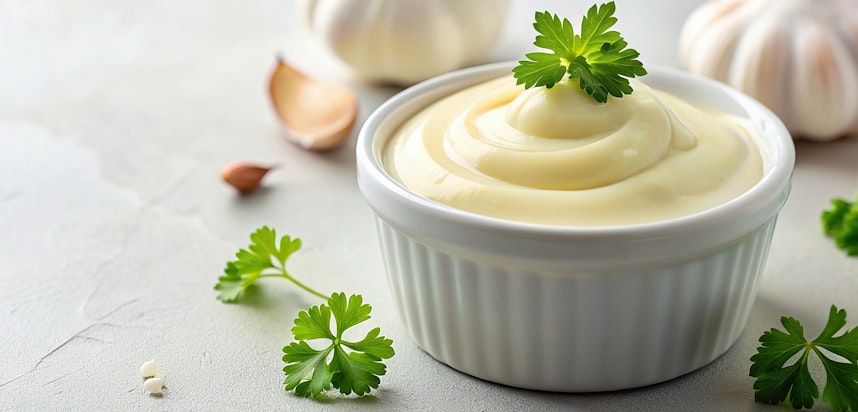
What is garlic mayo?
Garlic mayonnaise is mayonnaise - the rich, creamy condiment that is French in origin and made by emulsifying eggs with oil and vinegar, that has been flavoured or infused with garlic.
It is often used interchangeably with aioli, the Mediterranean garlic-based dip or sauce.
What is in garlic mayo?
The ingredients in garlic mayonnaise or aioli can vary depending on whether it is fresh/home made or processed.
The former is made with mayonnaise (itself composed of Eggs, olive oil and lemon juice or white wine vinegar) with the addition of finely minced garlic, and salt, whilst the latter may add additional ingredients such as spirit vinegar, mustard powder and sugar, or swap out olive oil for rapeseed oil or vegetable oil.
What to eat with garlic mayo
Garlic mayonnaise is perfect for dipping chips into! It is also great to dip pizza crust into and spread over chicken burgers in buns. It can also be used to add creaminess and flavour to pasta salad or pasta dishes.
Top tip!
If making your own garlic mayonnaise from scratch, be sure to whisk the oil into the eggs very thoroughly and vigorously for the mayonnaise base.
Dispersing the oil evenly among the other ingredients is critical to the silky texture.
Allergy alert
Eggs are a major ingredient in garlic mayonnaise, and one of the 14 major food allergens. Depending on the recipe, garlic mayonnaise might also contain Mustard, and white wine vinegar - Sulphur Dioxide.
Cheese dip
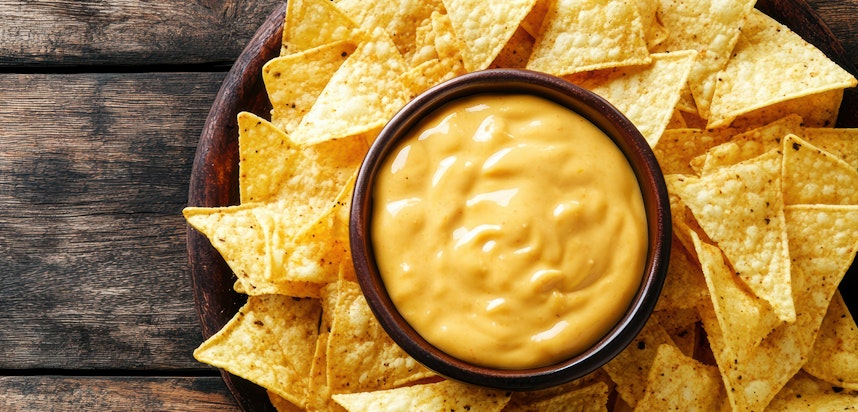
What is cheese dip?
Cheese dip is generally melted cheese that has been combined with other ingredients, either for flavour (spices, herbs, chillies) or to stabilise the dip so it can be stored and refrigerated.
The cheese for cheese dip is usually melted in a saucepan over the hob, or in the oven in a dish or wooden basket (like a camembert) before the other components are added.
Typical American cheese dip is thought to have originated in ther state of Arkansas, although Mexican queso is also very popular in the US.
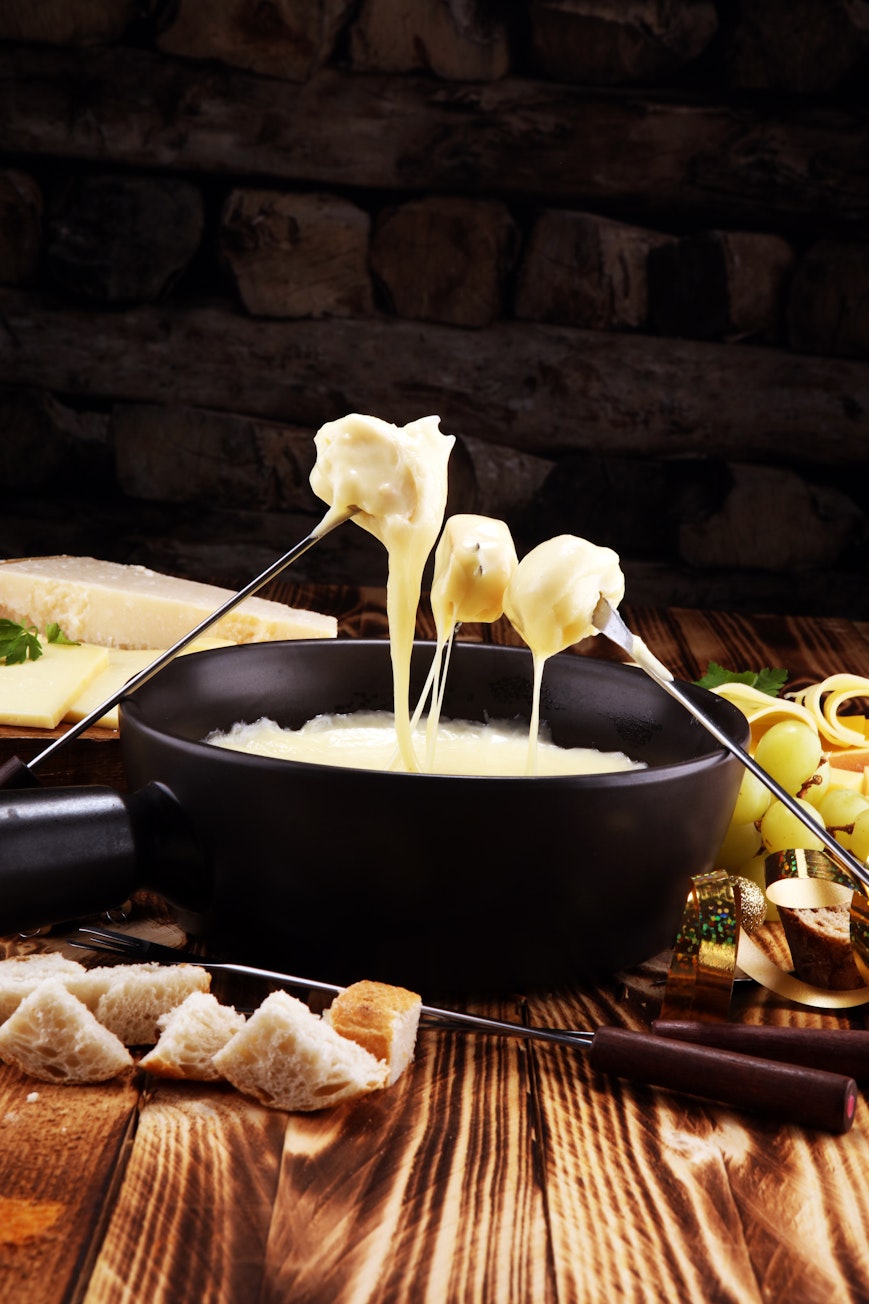
What is in cheese dip?
The only universal ingredient in cheese dip is cheese - particularly cream cheese, which doesn’t curdle when heated to a high temperature, or cheddar, which also melts well.
Some cheese dips also add mayonnaise or sour cream to help give it that semi-solid consistency. Other ingredients are usually seasonings like paprika, chilli powder, garlic powder, onion powder, Mustard or mustard powder, pepper, rosemary or chives.
What to eat with cheese dip
Cheese dip is best eaten with bread foods - in the manner of fondue - chunks of sourdough, French bread, breadsticks, or crusty white rolls. For a healthier take, try crudites such as carrot batons or celery, or wholegrain crackers.
Top tip!
To make cheese dip thicker without adding ingredients that will change the dip’s flavour, add a tablespoon of cornstarch per pound of cheese.
Allergy alert
Cheese dip is primarily made of cheese - a Milk product. And because there is no set ingredients list for cheese dip it also might contain any other number of allergen ingredients - such as Mustard, Eggs, Cereals containing Gluten and Sulphur Dioxide primarily among them.
Artichoke dip
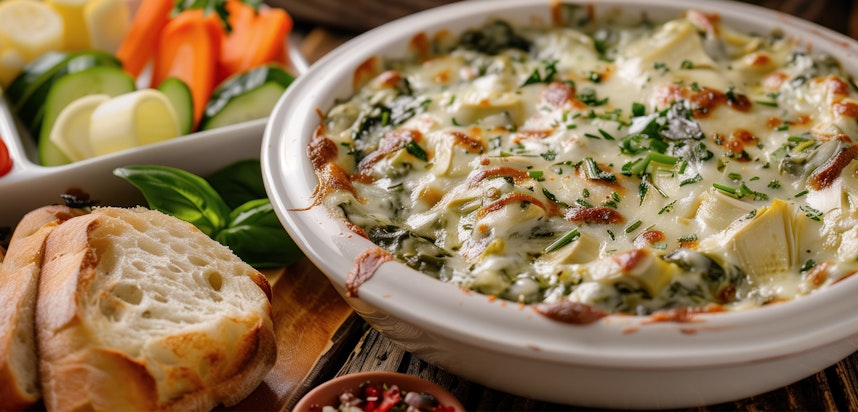
What is artichoke dip?
Artichoke dip is a type of dip mainly associated with 20th century American cuisine - first gaining popularity in the 1950s.
It combines artichoke hearts (a species of thistle cultivated as food) with dairy ingredients and often spinach.
Artichoke dip can be served hot, ambient or chilled, and has a clean, mild but savoury flavour - which makes it a delicate start to a meal, and dinner party favourite - usually served with crackers or chopped vegetables.
What is in artichoke dip?
In addition to artichoke hearts, typical ingredients in artichoke dip include mayonnaise, garlic or garlic salt, cream or parmesan cheese, sour cream, lemon juice, spinach, salt and pepper.
What to eat with artichoke dip
In addition to having a freshness that pairs well with vegetables like carrot batons and celery sticks, you can also use artichoke dip as a baked potato topping or sandwich spread, to add a comforting creaminess without being overpowering in flavour.
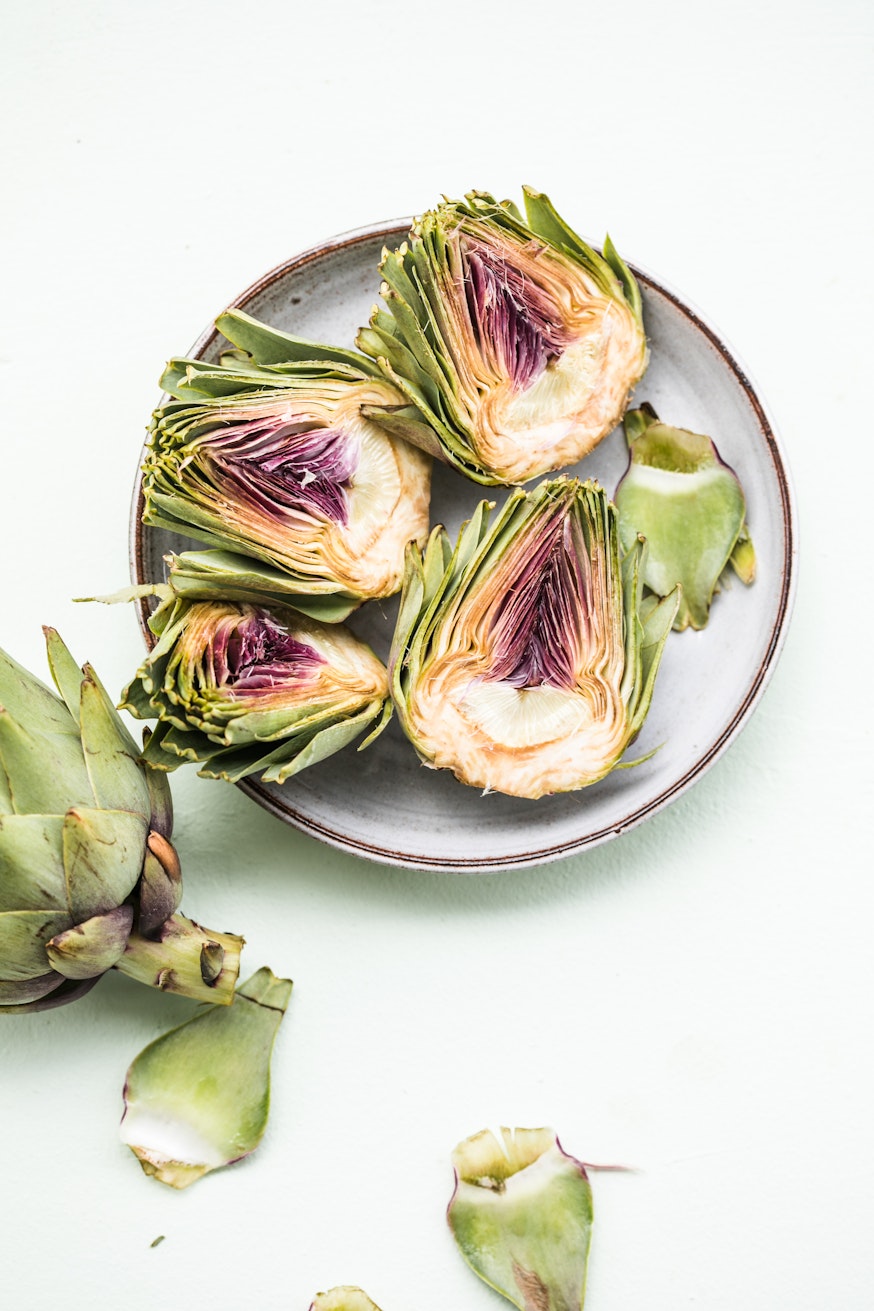
Top tip!
Be sure to remove any excess liquid from your artichoke hearts by draining well and even patting with kitchen roll. Artichoke hearts generally come canned or jarred in water, and failing to do so will make your dip watery.
Allergy alert
Artichoke dip typically is made with some sort of Milk derivative - such as sour cream, yoghurt, or even cream cheese.
Sour cream and onion dip
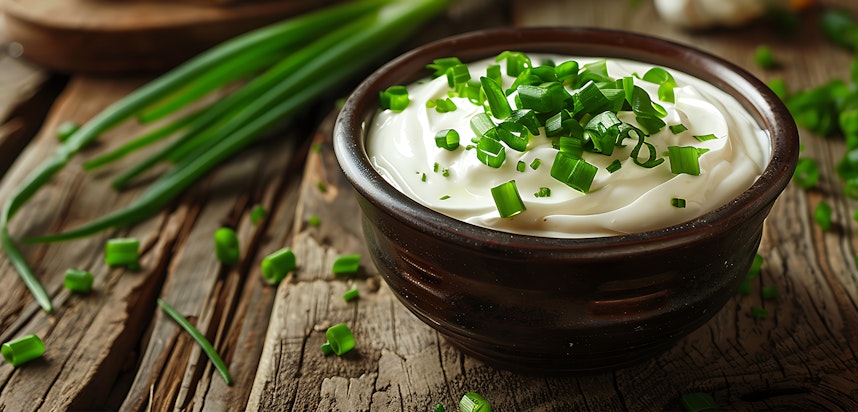
What is sour cream and onion dip?
Sour cream and onion dip is sour cream that has been flavoured with diced white onions (sometimes with the addition of other herbs and spices) and used for dipping crudites, breadsticks or crisps into.
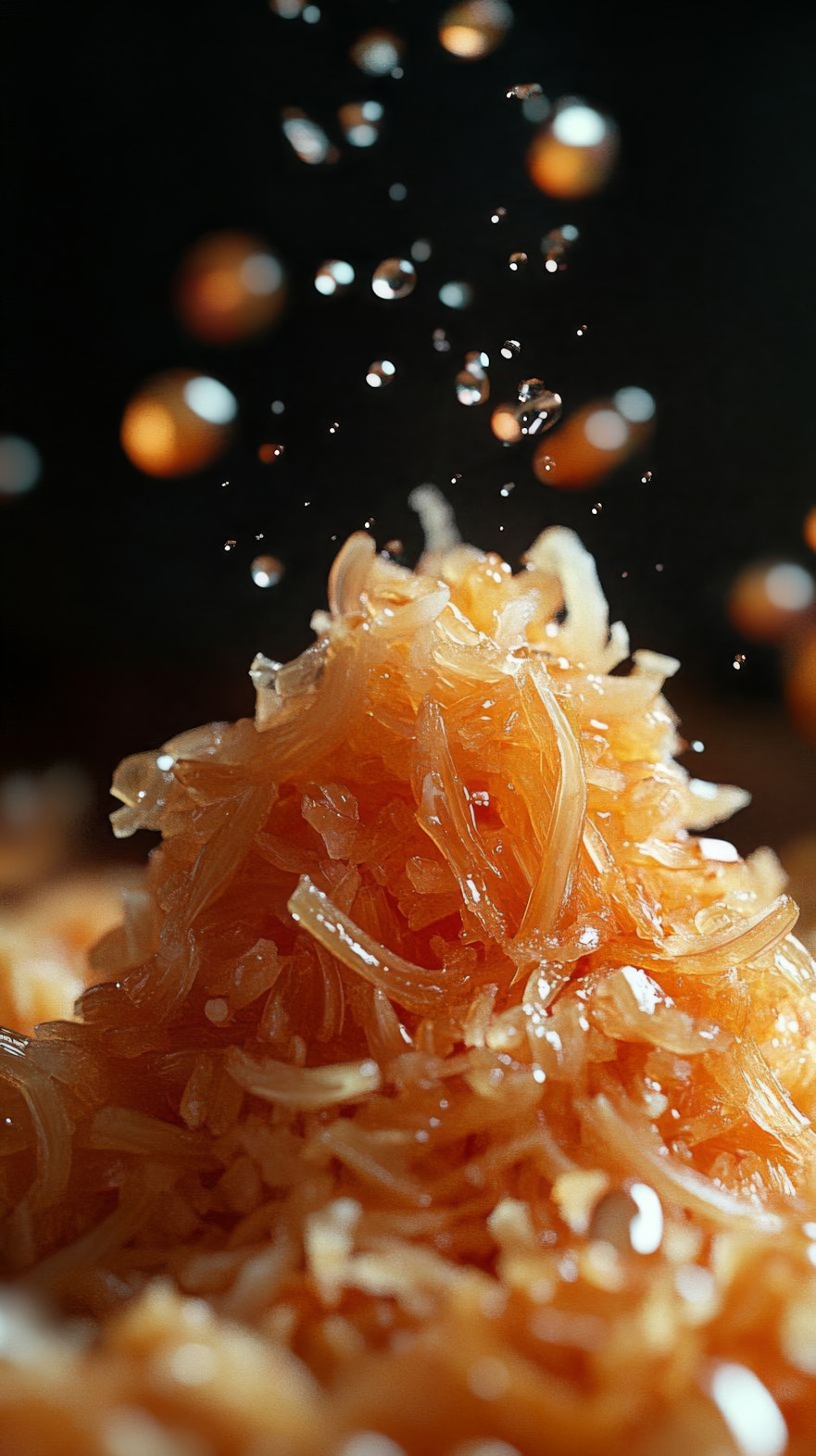
Sometimes sour cream and onion dip is mixed up with or used interchangeably with French onion dip, an American dip originating around the 1950s and made by using French onion soup mix (dried onions and dried beef bouillon) to flavour sour cream.
What is in sour cream and onion dip?
The main ingredient in sour cream and onion dip is sour cream, though Greek yoghurt can be used as an alternative. Onions are another main ingredient - these can be caramelised white onions or finely chopped spring onions, and even onion powder. Additional ingredients might include Mustard powder, garlic or garlic powder, chives, black pepper and salt.
What to eat with sour cream and onion dip
Sour cream and onion dip can be spread on sandwiches and burgers, as well as eaten with breadsticks, crisps, pita bread and crudites.
Top tip!
Greek yoghurt is not just a good substitute for sour cream - it can be added to tone down any overpowering flavours in the dip, or added to help thicken up the dip without adding more tanginess and unbalancing a flavour you are already happy with.
Allergy alert
Sour cream is a derivative of Milk, one of the 14 major food allergens. Mustard or mustard powder, another allergen, can also be found among some sour cream and onion recipe ingredients.
You may also be interested in…
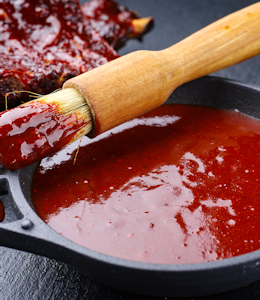
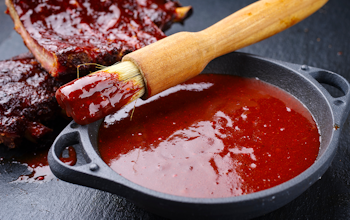
You may also be interested in…
